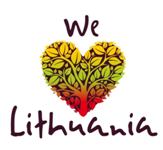The small parterre (in front of the southern facade of the palace), ending in a balustrade with a long bench and vases, is the most ornate surviving section of the palace’s environment. In the middle of the parterre stood a reclining sculpture of Bacchus, the Roman god of wine, surrounded by linden trees. Four-leaf shaped flower beds were decorated with vases.


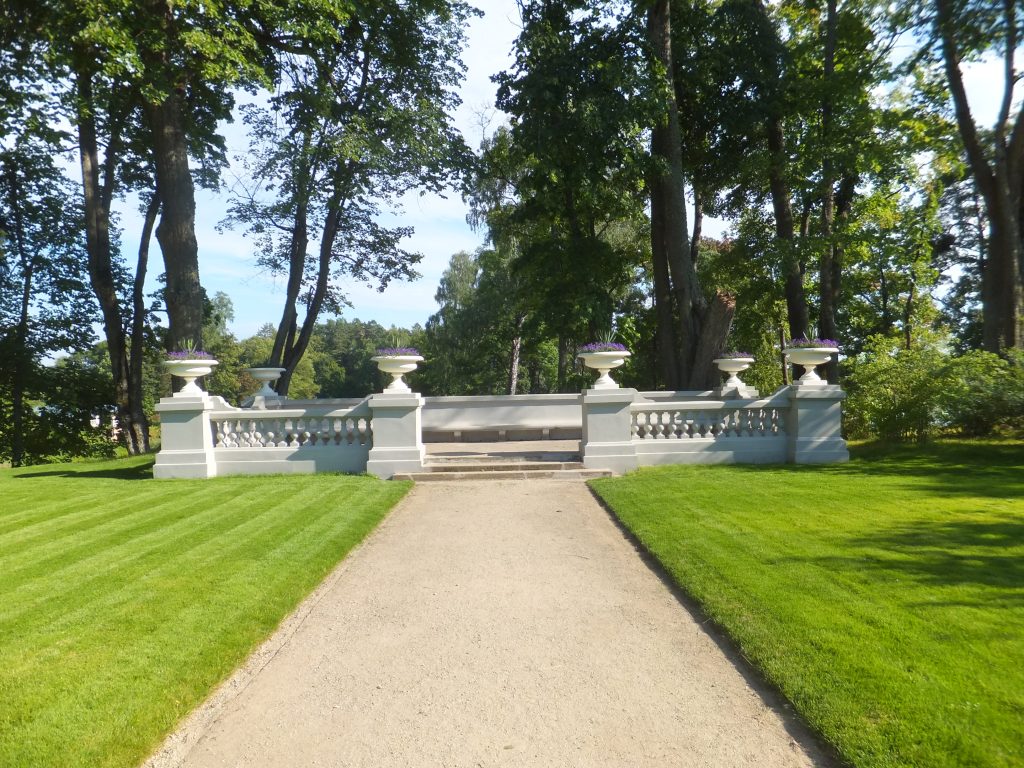
Once you saw the Bacchus sculpture, you were moving into the part of the park known as Bacchanalia. Here you could read a book or, after a boat ride, take the stairs from the boat dock and refresh yourself with cold drinks. Steponas Šimanavičius, the count’s butler, said: “Sometimes on that terrace, a glass of vodka (hence the association with bacchanalia) would lift the mood, and was served to special guests by the chamberlain of the palace, dressed in the blue livery of the Tiškevičiai coat of arms, fastened with buttons with the Tiškevičiai coat of arms.”
The eastern edge of the parterre featured four busts of bacchantes and satyrs (replicas of baroque French sculptures) and a flower bed in the shape of a Roman bath. After some time, the structure of the parterre was changed.

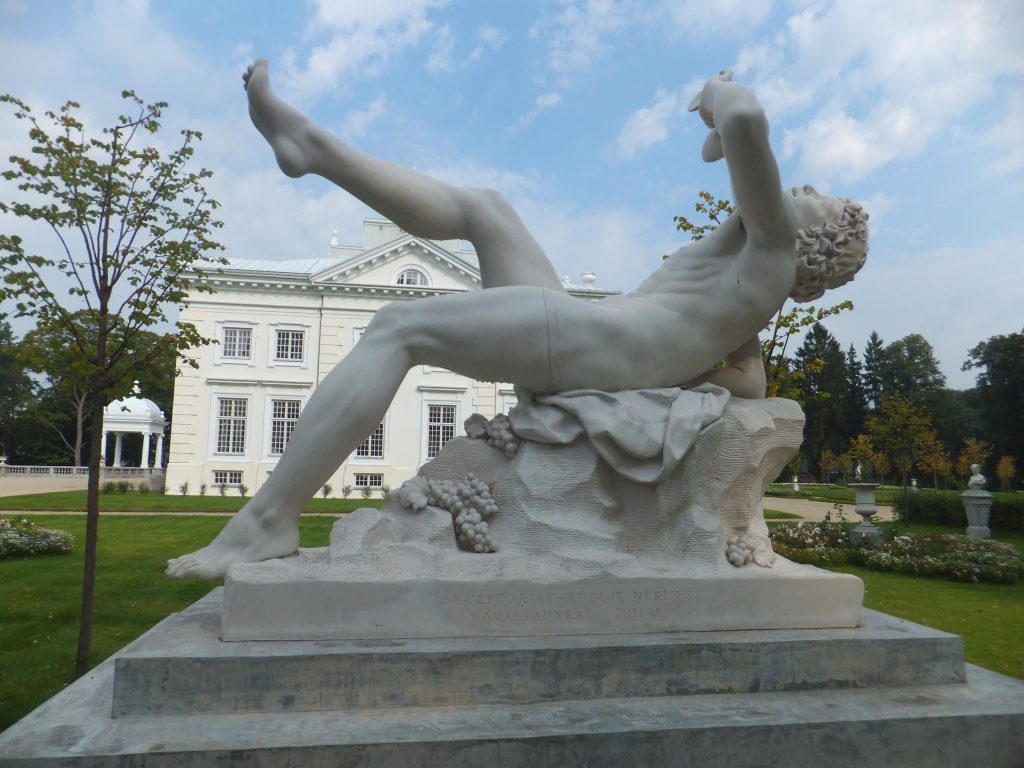
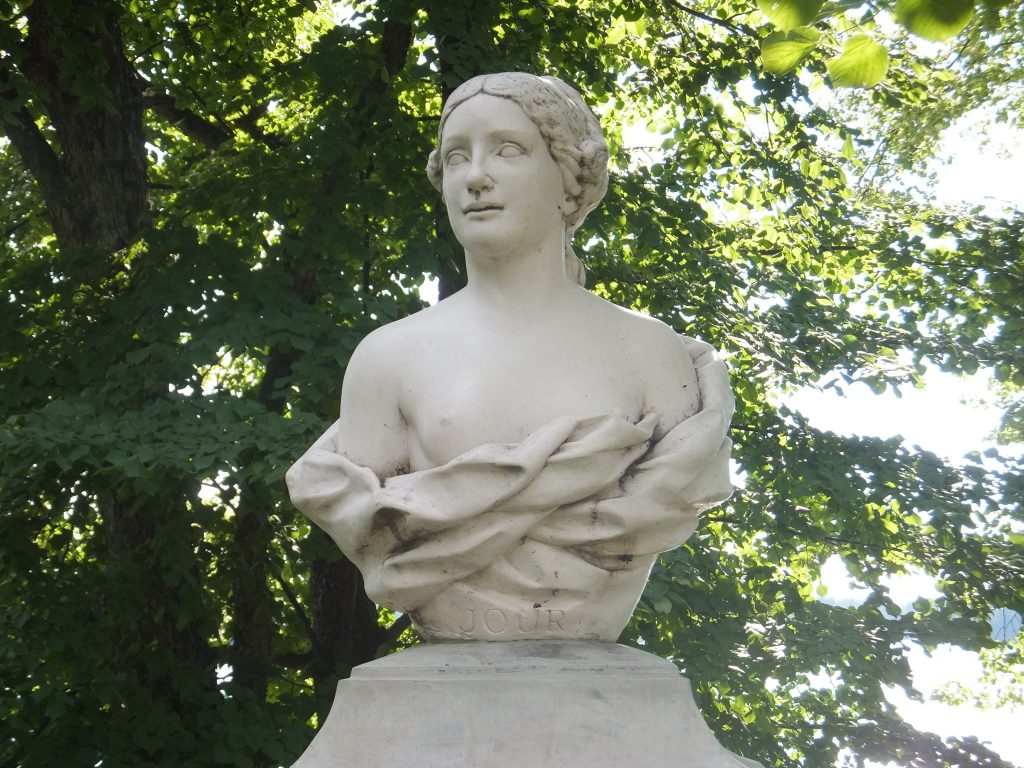
During the First World War, the Bacchus sculpture disappeared from the parterre. Vases and busts were stolen or destroyed during the Soviet era. The parterre was restored in 2005-2006 and is now decorated with a bust and vases.
The busts decorating the parterre of the manor had a hard time. They were mocked in the post-war period, and the fate of most of them is unknown.
The restoration project of the busts lasted more than a year. The directorate of the Trakai Historical National Park decided to restore the sculpture of a young woman from an old post-war photograph.

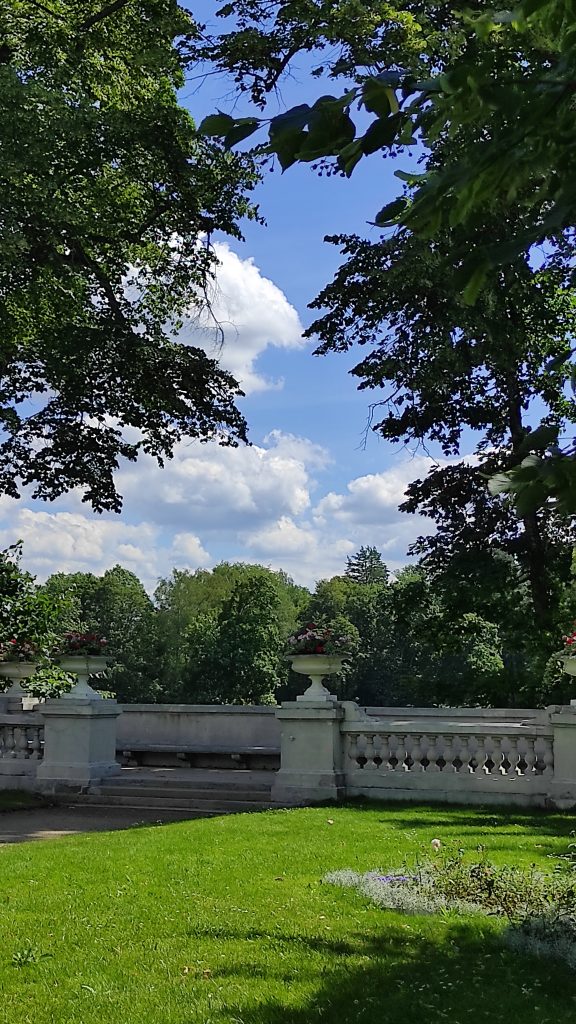
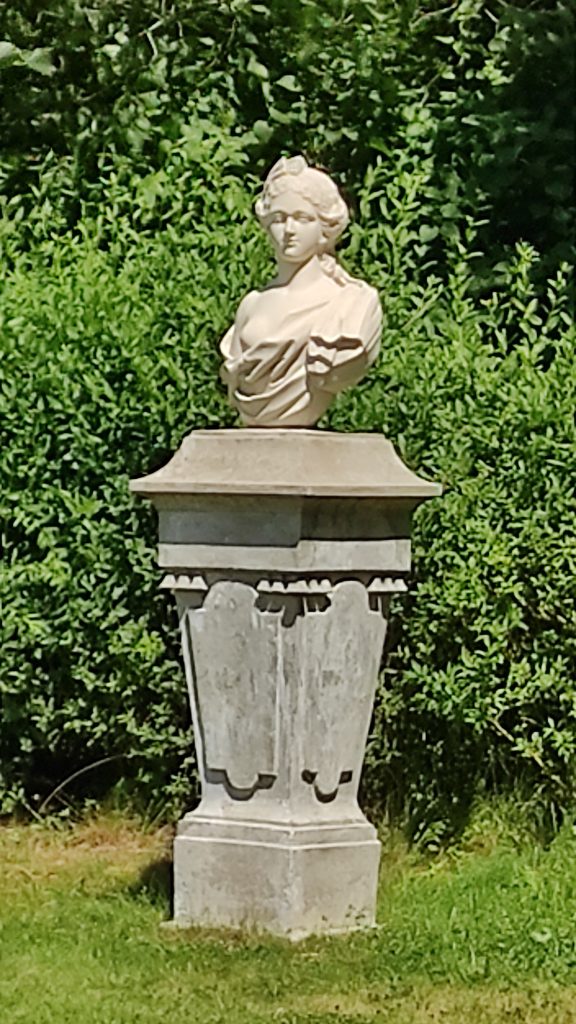
However, a fateful coincidence changed everything. G. Abaravičius, the director of the park at the time, saw a fragment of a bust in the collection of the famous art collector Edmundas Armoška featured on a television program and suddenly realized that this sculpture could be from Užutrakis. The director of the park asked for advice and assistance from the then director of the Trakai History Museum, Virgilijius Poviliūnas, who maintained close relations with the collectors. V. Poviliūnas, after seeing the photo, agreed to help. It turned out that the sculpture is indeed from Užutrakis. E. Armoška agreed to lend to lend the piece, and one day, the director of the museum brought the sculpture itself back to Užutrakis.
The vandalized, battered bust was taken to the workshop of sculptor Nerijaus Kavaliauskas, where it was reborn and returned to its place more than half a century after its disappearance.
The restored busts on the lake side symbolize the four times of the day: morning, day, evening and night, while the busts on the other side are the four seasons. Looking from the small parterre, we can see a heart-shaped lake, which could have been an expression of the count’s love for Jadvyga – perfectly visible from the windows of the boudoir. The count and countess always had a view of the lake when they dined.



